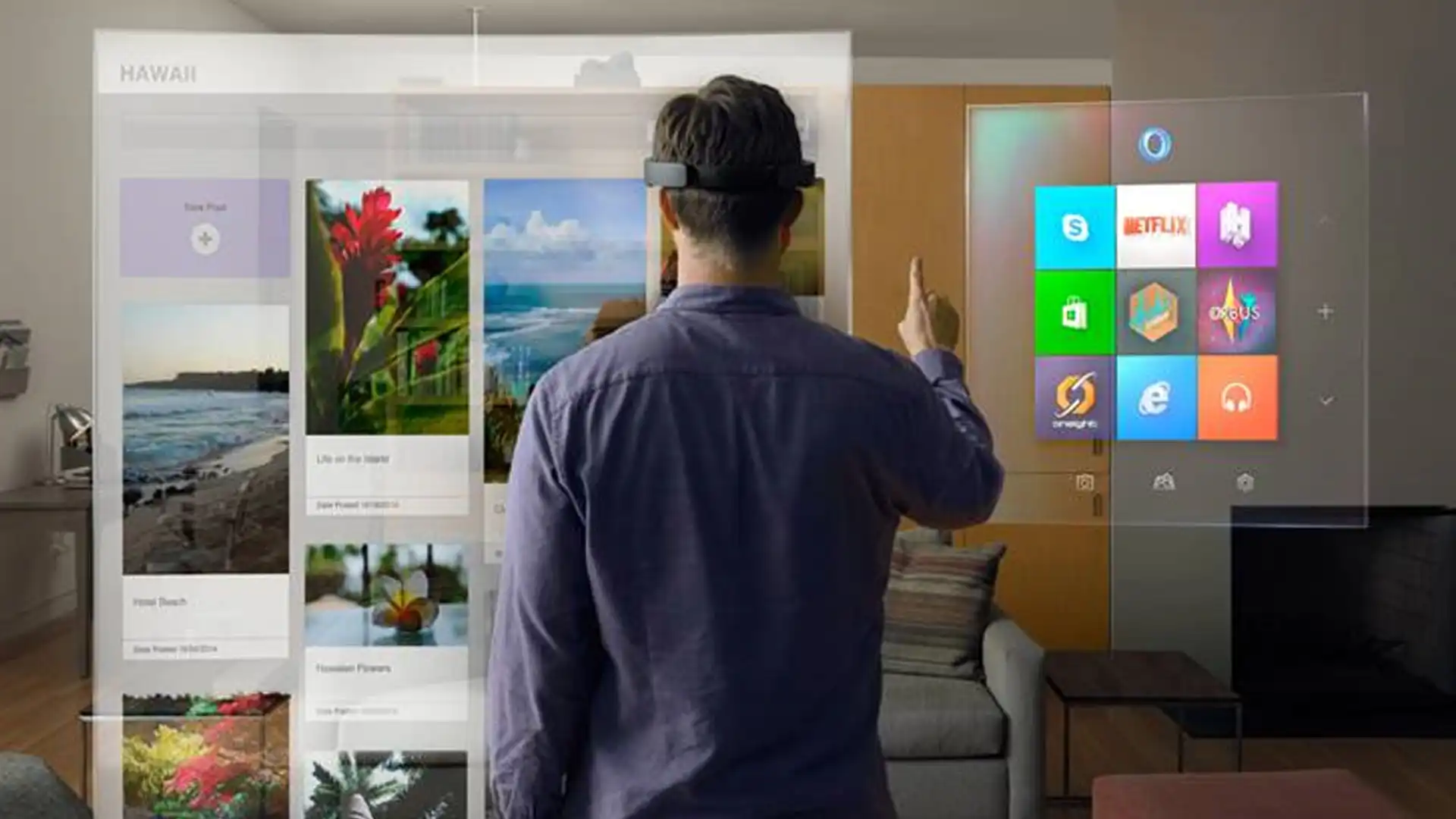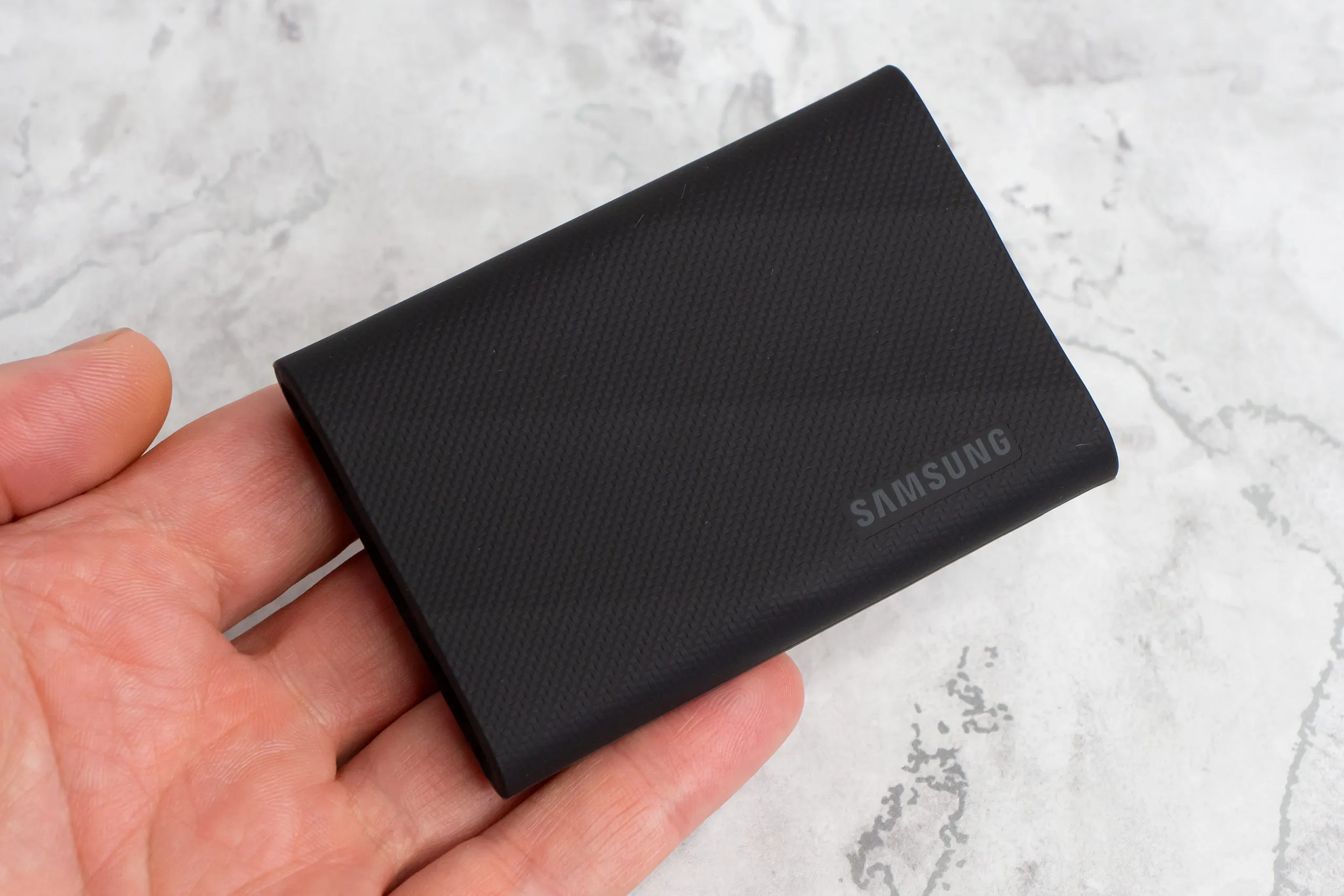The idea that never really took off.
The virtual reality market is in a bit of a holding pattern at the moment. After a mild splash from the Meta Quest 3, everyone is holding their breath to see how Apple’s ambitious and wildly expensive Vision Pro headset will fare. But Microsoft isn’t waiting to throw in the towel on its VR and AR efforts. The Windows Mixed Reality platform is being officially depreciated — that is, no longer actively developed — as of December 2023.
Windows Mixed Reality debuted along with the ambitious Microsoft HoloLens headset in a technical demo in 2015 and with the augmented reality hardware releasing to developers the following year and full software integration coming in Windows 10’s Fall Creators Update in 2017. Despite high hopes and heavy investment from Microsoft, HoloLens never got a consumer release and saw limited interest from industrial customers aside from a notable contract with the US military. While several demos of the hardware and similar headsets using its design have been impressive, the practical applications have been lacking.
While the VR “metaverse” appears to be a bust, at least as imagined by Microsoft and Meta, Windows Mixed Reality’s combination of VR and AR may have been ahead of its time. Augmented reality is the main new feature for the Meta Quest 3, which has full-color pass-through cameras designed to integrate play sessions with the real world. Ditto for the Apple Vision Pro, which is so dedicated to the idea of users wearing the headset constantly that it simulates their eyes on an external screen.
According to Microsoft’s support page (spotted by Windows Central), the Mixed Reality Portal and Windows Mixed Reality for Steam VR will be removed in future Windows releases. Users who still wish to access Windows Mixed Reality can still do so, at least for the moment.




